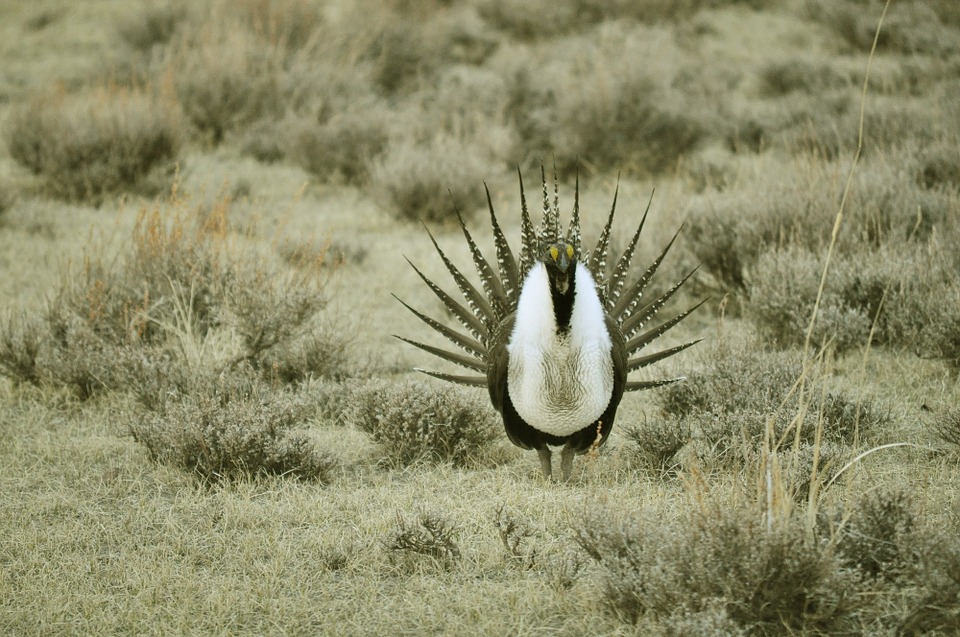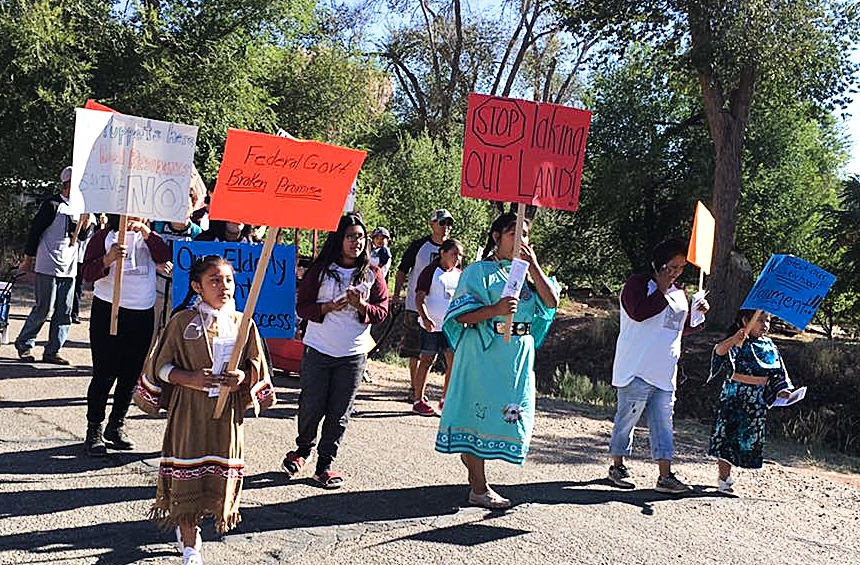Fostering landowner resentment and hard feelings towards the government is counterproductive because private landowners are the key to successful endangered species conservation. Nationwide, private lands harbor 78% of endangered species, compared to 50% for federal land. Furthermore, this country’s millions of private landowners represent by far the largest force for conservation. The hundreds of thousands of Americans who have working lands—such as farmers, ranchers and forest owners—are especially important because they own much of America and are, by profession, land and resource managers who can readily implement a wide array of conservation measures for endangered species.
Rethinking Endangered Species Conservation
With this week marking the 43rd anniversary of the passage of America’s most powerful and controversial environmental law, the Endangered Species Act, and the end of the year it’s a good time to step back from the acrimony surrounding the Act and ask a fundamental question: is the Endangered Species Act is the best way to conserve this country’s imperiled species?
The Endangered Species Act is controversial because it forces private landowners, municipalities, and states engaged in otherwise normal and legal forms of land and resource use—such as home-building, agriculture and road construction—to bear the costs of providing what is widely regarded as a public good; protection of endangered species and their habitats. The Act is so controversial that ever since its funding authorization expired in 1992 Congress has been unable to reauthorize the law and instead keeps it going with year-to-year funding.
The Endangered Species Act is at an impasse: over the past 24 years its critics have tried repeatedly to make the law less onerous for people, while its supporters have been equally determined to keep the status quo or even make the law more onerous. But what has been missing from much of the preceding decades of political fighting is the more fundamental question about whether the Endangered Species Act is the best way to conserve imperiled species.
In the highly charged political atmosphere of Washington, D.C. it is often hard to understand how federal policies actually function. So to get a sense of how the Endangered Species Act works consider the plight of John Yearwood, who owns 856 acres in Williamson County, Texas on which he runs cattle and has been in his family for 145 years. John is a proud landowner and American; he is a decorated Army veteran who earned a Purple Heart for being wounded in the Vietnam War, is a deeply committed steward of his land who has undertaken erosion control projects and reseeded with native grasses, and he and his wife take great pride contributing to the community. She teaches Sunday school, was a president of the local PTA, and she and John let 4-H and church groups use the property, free of charge, for camping and practicing shooting sports and archery on the range they constructed at their own expense. Also, Army soldiers on leave use the property to hone their outdoor skills.
The Yearwoods would like to allow youth groups and soldiers to use more of their property, but they have good reason to think this may not be possible due to the Endangered Species Act. The property contains three sites that harbor the Bone Cave harvestmen, a spider-like arachnid that lives in caves and is listed under the Act. Yet the portion of the Yearwood property best suited for camping is also in the vicinity of the Bone Cave harvestman’s habitat. The Yearwoods are concerned the U.S. Fish and Wildlife Service could determine that camping and clearing brush to decrease the likelihood of snakes and wildfire threatening campers constitutes a “take” of the harvestman or its habitat, thereby triggering the Endangered Species Act’s formidable penalties—up to $50,000 and/or 1 year in jail for “take” of a single harvestman or even its habitat. “Landowners live in fear around here because of the Endangered Species Act,” John Yearwood states. So the harvestman-impacted land is a no-go zone.
Under the habitat conservation plan agreed to by the Fish and Wildlife Service and Williamson County, John Yearwood theoretically could apply for a permit to use the harvestman-impacted portion of his property, but the cost of mitigating any potential “take” of the harvestman could cost him as much as $1,200,000. Realistically, John can’t afford this so he is left with little choice but to have a portion of his property devalued and turned into a defacto federal wildlife refuge, while still having to pay taxes on the affected portion as if it were unencumbered.
All this leaves John Yearwood upset and resentful towards the federal government, which is ultimately detrimental to the goal of conserving the Bone Cave harvestman. As thanks for his environmental stewardship, generosity and civic-mindedness, the federal government is punishing John by federalizing his land and leaving him faced with the threat of massive fines or fees if he decides to risk letting people use the harvestman-encumbered portion of his land. “If it’s important enough for the U.S. government to say ‘this land is a federal preserve’ then everybody in the U.S. should share in the cost of this preserve,” John asserts. He now calls his ranch “Heartbreak Acres” because of the problems caused by the Endangered Species Act and wonders if it is worth passing the land and its problems on to his children. This is a truly heartbreaking prospect for someone so deeply attached to the land and committed to keeping it in family hands.
Fostering landowner resentment and hard feelings towards the government is counterproductive because private landowners are the key to successful endangered species conservation. Nationwide, private lands harbor 78% of endangered species, compared to 50% for federal land. Furthermore, this country’s millions of private landowners represent by far the largest force for conservation. The hundreds of thousands of Americans who have working lands—such as farmers, ranchers and forest owners—are especially important because they own much of America and are, by profession, land and resource managers who can readily implement a wide array of conservation measures for endangered species. In addition, access to private land is vitally important to research and monitor species. But what are the chances resentful landowners like John Yearwood are going allow researchers and government officials on their land or willingly cooperate in endangered species conservation efforts if the risk of doing so is land locked-up due to the discovery of endangered species or endangered species habitat? While John has not taken any action against the Bone Cave harvestman, there is a quiet war being waged against endangered species by resentful landowners across the country who take any number of actions to avoid the Endangered Species Act’s harsh penalties, including destroying species habitat, through active management and passive neglect, and directly persecuting species, otherwise known as “shoot, shovel, and shut-up.”
Alienating America’s landowners, such as John Yearwood, is the worst way to conserve this country’s endangered species. This simple reality is often absent from the seemingly endless debates over the Endangered Species Act, and it is largely unknown to this country’s urban and suburban majority who tend to be advocates of the Act.
America needs to have a broader discussion about how best to conserve endangered species, instead of being fixated on whether to amend or leave intact a piece of legislation. Conservation occurs on the ground, not in the halls of Congress. “Successful conservation depends on the commitment of the people living with the wild species—not us,” according to Steven Edwards, then with the IUCN (World Conservation Union) and one of the world’s foremost experts on conservation. “Yes, we can give financial and technical support, but in the final analysis it will be those people who will make a difference. Not laws. Not government policies. And not our wishful thinking.” Sound words, indeed, and a good starting point to put this country on a more productive path to conserve endangered species and break the impasse over the Endangered Species Act.
Brian Seasholes



